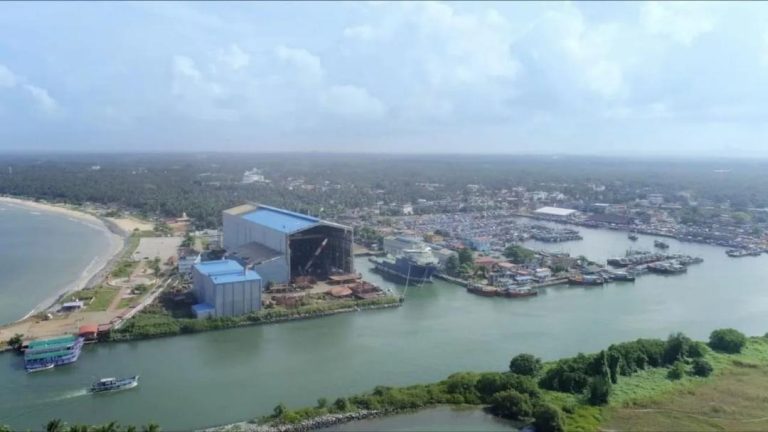
Central Crime Branch to investigate Ola employee’s suicide case
The Central Crime Branch of Bengaluru has taken over the investigation into the alleged suicide of Ola Electric employee Aravind Kannan, in a significant development that highlights the complexities and concerns surrounding the case. This move comes after Kannan’s family wrote to the Director-General of Police (DGP) and the Bengaluru Police Commissioner, expressing their lack of faith in the earlier investigation and highlighting serious gaps in the case’s handling. The decision to transfer the case to the Central Crime Branch is a clear indication of the seriousness with which the authorities are now treating this matter, and the need for a thorough and impartial investigation.
Aravind Kannan, who worked as an engineer at Ola since 2022, died in September 2025, under circumstances that have raised more questions than answers. The initial investigation into his death was conducted by the local police, but Kannan’s family was not satisfied with the progress of the case. They alleged that the investigation was not being carried out in a fair and transparent manner, and that crucial evidence was being overlooked. The family’s concerns were further compounded by the fact that they were not being kept informed about the developments in the case, leading to a breakdown of trust between them and the investigating authorities.
The family’s decision to approach the DGP and the Bengaluru Police Commissioner was a last resort, driven by their desperation for justice and their desire to ensure that the truth behind Kannan’s death is uncovered. In their letter, they outlined their concerns and grievances, and requested that the case be transferred to a specialized agency that could conduct a thorough and impartial investigation. The Central Crime Branch, with its expertise and resources, was seen as the ideal agency to take over the case and bring closure to the family.
The transfer of the case to the Central Crime Branch is a significant development, as it marks a new beginning in the investigation. The agency will start from scratch, re-examining the evidence and re-interviewing witnesses to build a comprehensive picture of the events leading up to Kannan’s death. The Central Crime Branch will also investigate the allegations of negligence and misconduct made by Kannan’s family against the earlier investigating authorities. This will help to establish whether there were any lapses or oversights in the initial investigation, and whether these contributed to the delays and inconsistencies in the case.
The investigation into Kannan’s death is not just about uncovering the circumstances surrounding his suicide, but also about addressing the broader issues that may have contributed to his decision to take his own life. As an employee of Ola Electric, Kannan was part of a high-pressure work environment that demands long hours, intense dedication, and a high level of performance. The tech industry, in particular, is known for its demanding culture, where employees are often expected to work extended hours, including nights and weekends. This can take a toll on their mental and physical health, leading to stress, anxiety, and depression.
In recent years, there have been several instances of tech employees taking their own lives, highlighting the need for companies to prioritize their employees’ well-being and mental health. The investigation into Kannan’s death will also examine whether Ola Electric had adequate measures in place to support its employees’ mental health, and whether these measures were sufficient to prevent such tragedies.
The case of Aravind Kannan is a sobering reminder of the human cost of the tech industry’s relentless drive for innovation and growth. As companies like Ola Electric continue to push the boundaries of technology and innovation, they must also prioritize the well-being and safety of their employees. This includes creating a supportive work environment, providing access to mental health resources, and encouraging a culture of openness and transparency.
In conclusion, the transfer of the investigation into Aravind Kannan’s death to the Central Crime Branch is a welcome move that highlights the seriousness with which the authorities are treating this case. The investigation will not only uncover the truth behind Kannan’s death but also shed light on the broader issues that may have contributed to his decision to take his own life. As the investigation unfolds, it is essential that the authorities, the company, and the community come together to support the family and ensure that justice is served.






